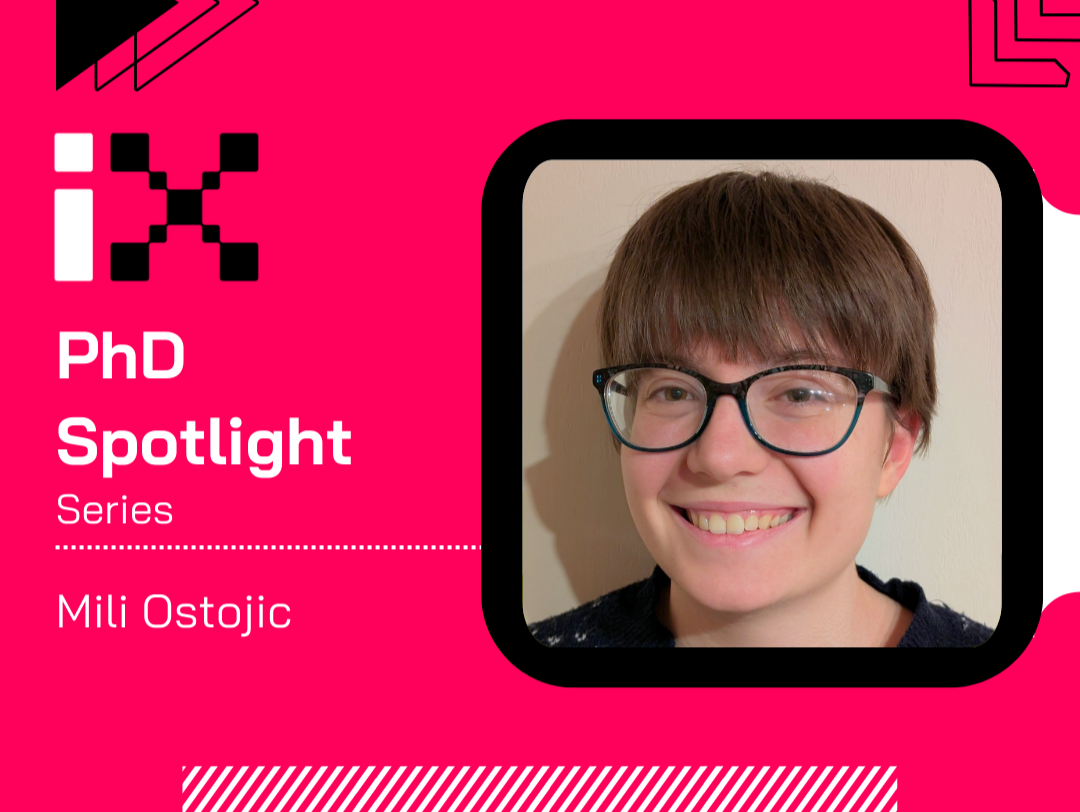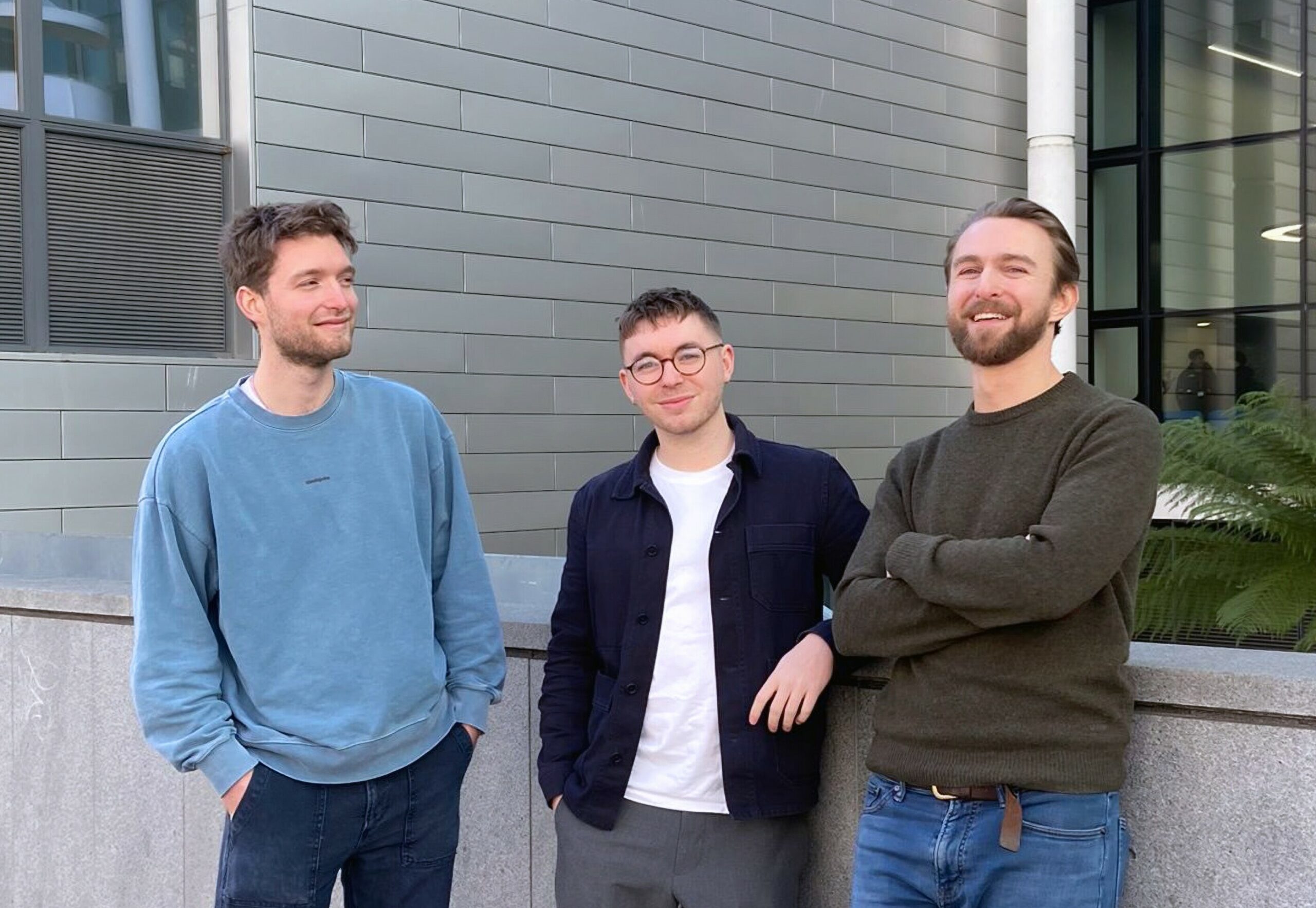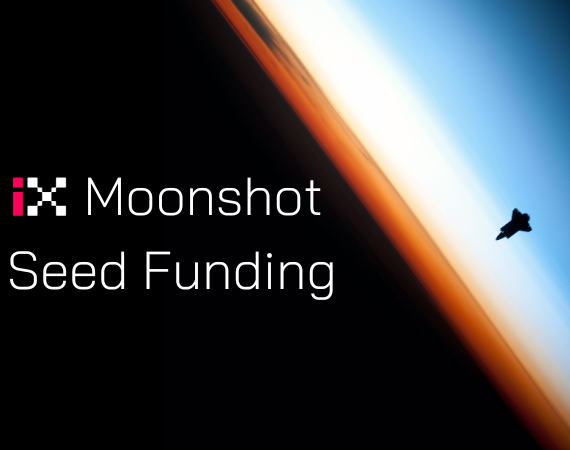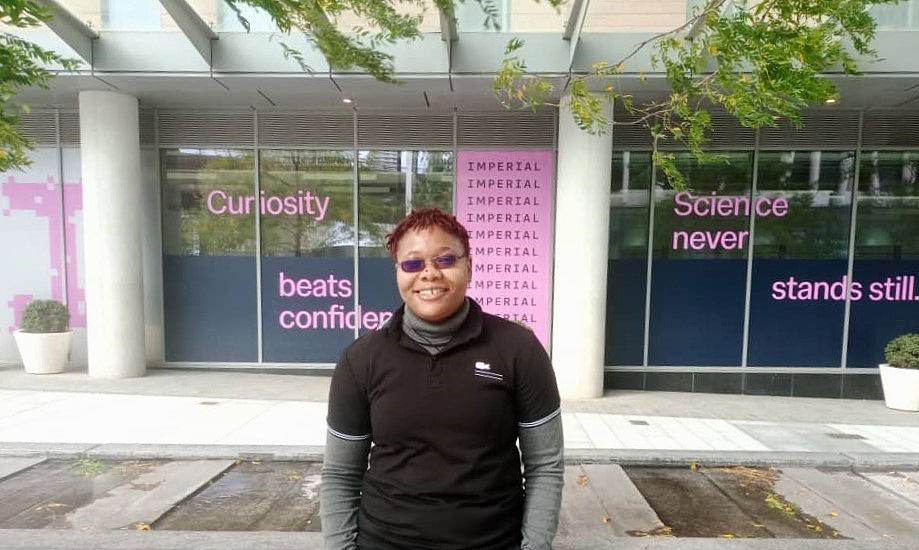
In the I-X PhD Spotlight series, we ask our PhD students about As & Is of their research.
In today’s interview, we feature Mili Ostojic, a PhD student at I-X and the Department of Life Sciences. Mili is recipient of the Schrodinger scholarship and part of Cohort 10 of the Science and Solutions for a Changing Planet DTP (SSCP DTP), with an interest in eco-monitoring. Currently, she is working towards applying her software engineering abilities to the field of environmental monitoring and protection.
AI #1: Application & Innovation
Could you tell us a bit about your PhD project and its practical applications?
My PhD topic is “Scalable Ecoacoustic Monitoring Using Fully Autonomous Drones” which essentially means that I’m trying to eavesdrop on birds with drones. Ecoacoustics has improved upon traditional surveying techniques like trapping and tagging, as it can be used for a variety of different taxa, for instance, birds, frogs, bats, insects, and anything that makes noise; it can also determine both species presence and behaviour of individuals. The aim of my PhD is to investigate how fully autonomous drones can be used to enhance the scope of ecoacoustics as a surveying method. Specifically, I focus on how drones can enable acoustics sensors to be moved around depending on live data received, allowing for more locations to be sampled than would be feasible with manual deployment.
What is innovative about your project?
Currently, most ecoacoustic surveys are carried out with handheld recorders, which are deployed manually to set locations and then left for weeks or even months in the same spatial distribution. One of my aims is to test the use of drones to enable dynamic surveys where an acoustic sensor can be moved around, which would mean that more locations can be sampled compared to when sensors are manually deployed. This would be particularly helpful when examining spatial gradients in the environment and their impact on biodiversity. For example, if you wanted to study how deforestation has affected the species present in the area, it would be useful to determine exactly where changes have occurred, and to do this you would need as many sampling locations as possible. However, since the drone will spend less time at each location compared to a manual sensor, it is also important to find out how that will affect the quality of the data received.
AI #2: Area & Interdisciplinarity
How did you get interested in this area of research?
When I first applied for an undergraduate degree in engineering, I really wanted to work in a field that could contribute to environmental protection in some way. At the time, mechanical engineering of renewable energy technologies seemed like the only option, so I set aside my interest in software. But over the course of my undergraduate degree, I enjoyed coding far more than mechanical engineering, and I wondered how I could integrate software with environmental conservation. Fortunately, ecology and environmental studies have started to involve more and more technology to improve the efficiency of their operations, and so, during my master’s degree, I was able to primarily focus on software, robotics and environmental conservation. My MSc project involved using AI to classify bird species by their flight pattern, which led me into the sub-field of applying software to ecology. The experience of working with my supervisor, Dr Sarab Sethi, during my master’s degree also inspired me to pursue a PhD in this field.
How do interdisciplinary approaches influence your research, and are there other fields you collaborate with?
My project is extremely interdisciplinary – everyone’s always surprised when I tell them that I’m part of the Life Sciences department because my research involves drones! But it is very much the crossover between ecology and engineering. The ecology side covers the ecoacoustics and surveying methods, and the aeronautics engineering covers the drone development. I’m very grateful to have the opportunity to work with people from different fields, from the Life Sciences department through I-X to the Aeronautics department and EMPA, as it provides a lot of variety in my day-to-day research. One day I may be reading up about surveying methods to learn more about the ecology that I’m not well versed in, and the next I will be soldering wires or trying to piece together the software necessary to make my drone autonomous!
AI #3: Ambitions
& I-X
Could you tell us about your ambitions as a researcher and what do you hope to achieve academically in the next few years?
I hope to create a prototype system that can contribute to real-world surveys and provide data that can help with conservation and policy-making. So far, we’ve seen promising results from a small-scale survey using a manually operated drone; we observed a clear trend, with species detections being higher when the drone is further into a forested environment, which indicates that spending less time at more locations provides useful information on species presence across an environmental gradient. I have also come close to conducting outdoor trials of autonomous drone operation, but – as is often the case with hardware – things went wrong! I hope that when the outdoor trials finally happen, they’ll provide valuable insights into the feasibility of autonomous flight, leading to further developments of the prototype to the point where it can be used in real-world research.
I’m also enthusiastic about using the next few years to engage more in science communication and share my research and experiences with others, from those within the scientific community to those who enjoy science but aren’t actively pursuing it. I’ve already begun to do this by participating in the Imperial Lates AI event back in March 2024 and through my current internship with the Royal Institution demonstrations team.
What unique opportunities has I-X provided that you believe wouldn’t be possible elsewhere?
I-X has provided me with the opportunity to connect with other researchers from both similar and vastly different fields, all with an interest in artificial intelligence. Being able to attend talks (and present at one of them!) has been invaluable in helping to expand my horizons and understand the broader field of AI and its many applications.
My favourite experience so far has been participating in the I-X Women in AI Network. This sub-community within I-X has provided me with access to resources and events that have greatly encouraged and empowered me. I look forward to continuing to be a part of the group and contributing further towards their outreach efforts!



